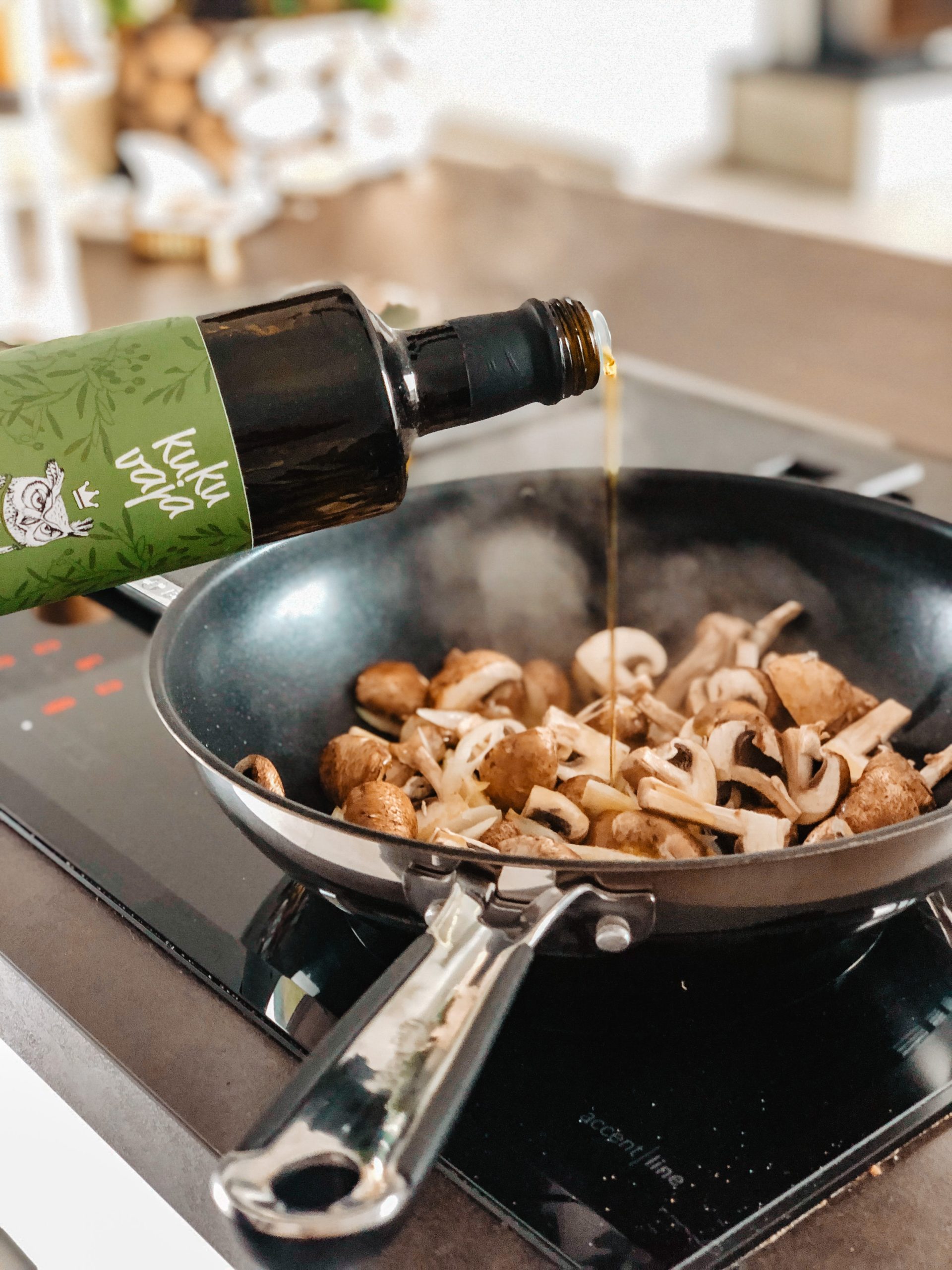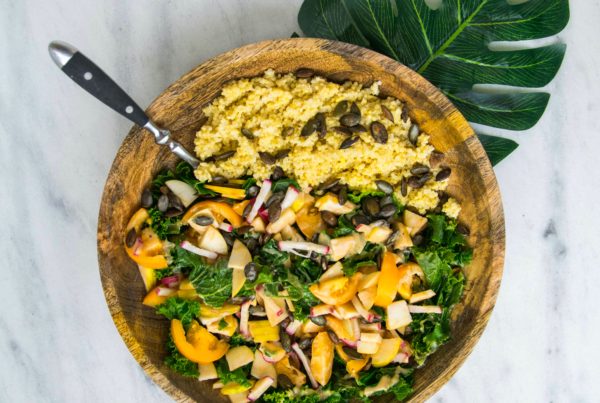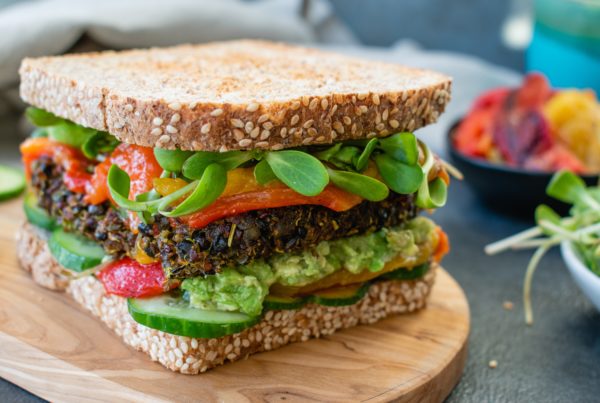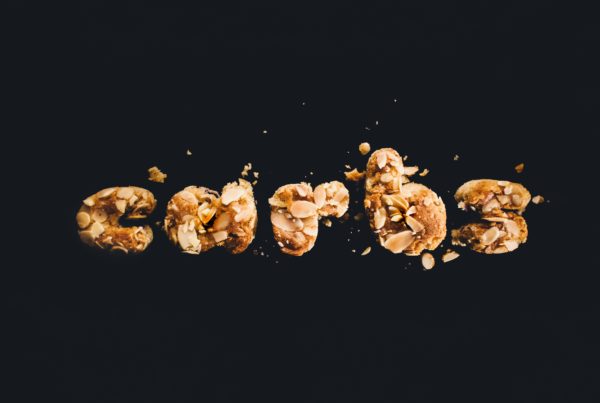Before talking about the smoke points of fats and oils, why don’t we get to know about them first? The main difference between fats and oils is that fats are composed of high amounts of saturated fatty acids which will take a solid form at room temperature whereas oils are composed of mainly unsaturated fatty acids which will take a liquid form at room temperature. Some common examples of fats include butter, margarine, and shortening and some common oils include canola oil, peanut oil, olive oil and so on. Both play various roles in cooking, such as providing a glossy appearance, absorbing and preserving flavour, and transferring high levels of heat to the surface of foods without overheating interior portions.
Knowing the difference between fats and oils, it is even more important to know about the smoke points of them to ensure safe cooking. So, what are smoke points? They are the characteristic temperature at which a fat/oil breaks down into visible gaseous products. It produces smoky fumes and materials such as chemically active free fatty acids which tend to ruin the flavor of the food being cooked. An example of a chemical substance is acrolein which gives burnt foods their acrid flavour and aroma. A higher smoke point means you could use the oil in more cooking methods.
The smoke point depends on the initial free fatty acid content of the fat/oil. The lower the free fatty acid content, the more stable the fat/oil, and the higher the smoke point. In general, free fatty acid levels in:
- Vegetable oils < animal fats
- Refined oils < unrefined ones
- Fresh fats < oils than in old ones
Using this information, it is safe to conclude that vegetable, refined, and fresh oils tend to have a relatively higher smoke point. Fats or oils that contain other substances like emulsifiers and preservatives do smoke at a lower temperature than pure fats.
It is important to note that hitting a smoke point further lowers the smoke point of the fat/oil, so if your deep-frying oil has been smoking, you won’t be able to reuse it many times. Therefore to slow down the fat breakdown during deep frying, a tall and narrow pan can be used to reduce the area of contact between fat and the oxygen in the atmosphere.
Now onto safe cooking, which type of cooking would go best with which type of oil/fat?
Stir-Frying is fast and relies on a thin coating of smoking-hot oil to lubricate your food. The idea is to brown the food ingredients and develop their flavor while retaining a crisp, fresh crunch. A high smoke point oil, such as peanut or safflower, for best and safest results.
For Sauteing, smoking hot oil is not needed. So virgin olive oil and other medium smoke point fats will be sufficient if you keep a close eye on the stove. Heat a small amount of oil until shimmering or, at most, lightly smoking, and then add your ingredients, stirring as per recipe directions.
The goal of searing is to heat meat as rapidly as possible to promote browning, so choosing a neutral fat with a high smoke point like peanut, corn, or vegetable oil, and heat it until it just starts smoking before adding your meat.
One of the most important key points is to use fats with smoke points at or above 400 °F when you are cooking at high temperatures!
You could refer to the table below for smoke points of common fats and oils.
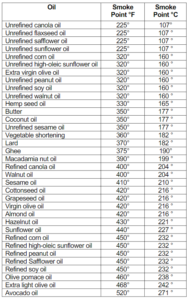
Reviewed by Annie Tsang, RD
